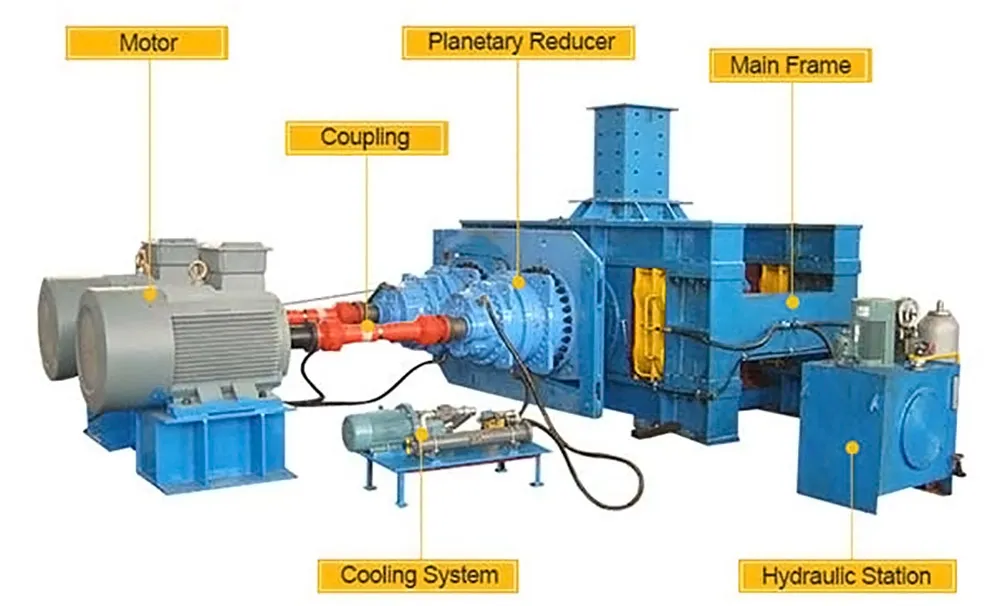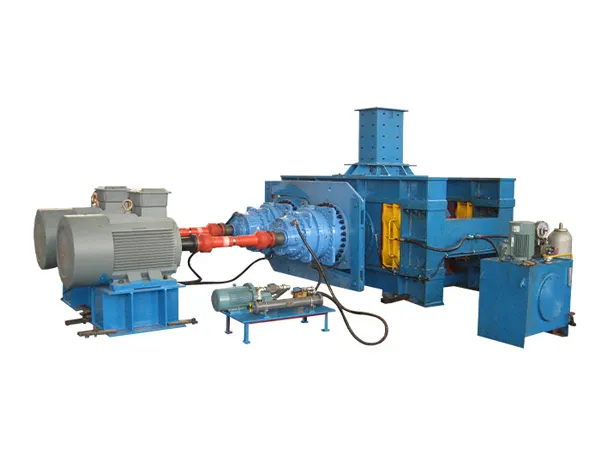How to calibrate HPGR roll gap settings
Calibrating the roll gap on a high-pressure grinding roll (HPGR) is a critical maintenance task for ensuring optimal performance, energy efficiency, and preventing damage. Here’s a comprehensive guide on how to do it.
Why Calibrate the Roll Gap?

Performance: The gap directly influences the pressure applied to the material, affecting particle size reduction, throughput, and product quality.
Energy Efficiency: An incorrect gap (too wide or too narrow) leads to inefficient energy use.
Wear Management: Maintaining the correct gap and ensuring parallelism prevents uneven wear on the roll surfaces (tires/segments) and potential contact between the rolls, which can cause catastrophic damage.
Machine Protection: Ensures the hydraulic system operates within its design parameters and protects bearings and frame components from excessive stress.
Key Concepts:
Roll Gap (S): The minimum distance between the surfaces of the two counter-rotating rolls (one fixed, one floating/movable).
Operating Gap: The actual gap during operation under pressure, which might differ slightly from the static (no-load) gap due to system flex. Calibration typically refers to setting the static gap.
Parallelism: Ensuring the gap is consistent across the entire width of the rolls. Non-parallelism leads to uneven grinding, skewed wear, and potential machine stress.
Common Calibration Methods:
Feeler Gauges (Most Common for Static Gap): Using precise metal strips of known thickness.
Lead Wire / Soft Metal Slugs: Compressing a soft material between the rolls and measuring its deformed thickness.
Mechanical Jigs/Templates: Using specialized tools provided by the OEM.
Electronic Measurement (Control System Reference): Some systems use sensors or a “roll touch” procedure as a zero reference, then apply an offset. This still requires physical verification.
How to calibrate HPGR roll gap settings

Step-by-Step Calibration Procedure (General Guide – ALWAYS Prioritize Your OEM Manual):
Phase 1: Preparation & Safety
SAFETY FIRST – Lockout/Tagout (LOTO): Absolutely critical. Isolate ALL energy sources (electrical, hydraulic, pneumatic) to the HPGR according to established site procedures before any work begins. Ensure the machine cannot be started accidentally.
Consult the OEM Manual: This is your primary resource. Procedures can vary significantly between manufacturers and models.
Gather Tools:
…
More detailed information on how to calibrate the HPGR roll gap setting can be found at: https://www.zymining.com/en/a/news/hpgr-roll-gap-calibration-setting.html


